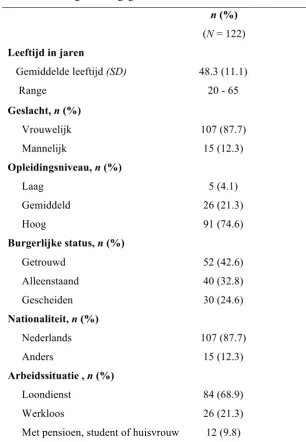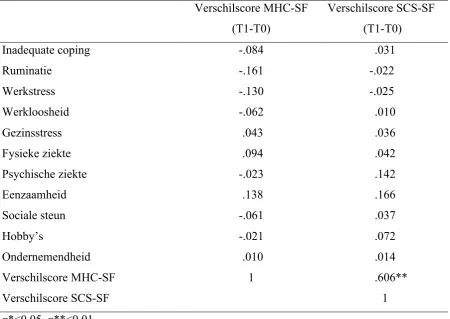Wat zijn behandelmotieven en beschermende factoren van deelnemers aan de positief psychologische interventie ‘Dit is jouw leven’? : Een exploratief onderzoek naar behandelmotivatie, beschermende factoren en hun relatie met zelfcompassie en welbevinden
Full text
Figure



Related documents
Employing inducible recA and lexA3 expression systems, we illustrate that persistence to ofloxacin in stationary phase requires SOS induction and DNA damage repair machinery only
Finley Resources, Inc.,159 the Amarillo Court of Appeals held that a saltwater-disposal agreement granting lessee authority to dis- pose of saltwater from off-lease wells
IAV-infected mice were not significantly diminished in the absence of NLRC4 (Figure 2, E and F), we observed similar survival rates of CD8 + T cells following coculture with
The process goes on until the number of solutions selected for next generation (mating pool) is equal to the number of solutions in the population initially. Cross-over: The
Research Scholar School of Pharmacy and Medical Sciences, Singhania University, Pacheri Bari, Jhunjhunu- 333515 Rajasthan, India.. Dean, School of Pharmaceutical Sciences,
The non-poisonous leeches are usually kept in glass jars with pure water. It is necessary
The antioxidant activities were studied by using radical scavenging assay- DPPH, ABTS + and. Hydrogen peroxide radical scavenging activity, Phosphomolybdenum reduction
Although the transcription factors are required for expression of the proinflammatory cytokines and immune proteins which are involved in obliterative bronchiolitis following